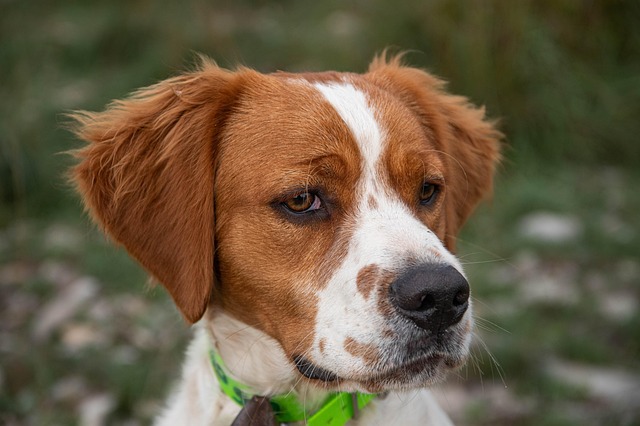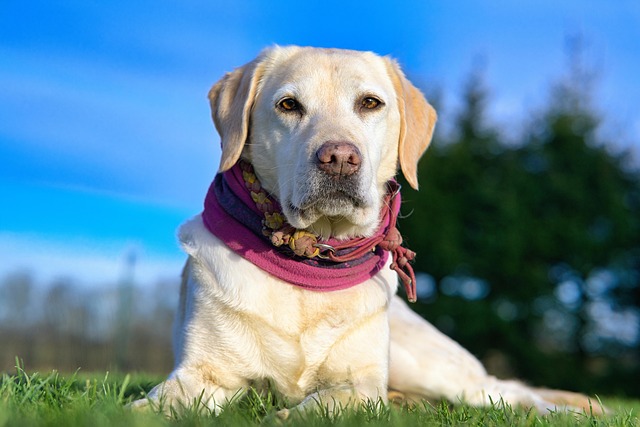
How do i train my dog to be obedient?
Watching your dog dart across the park ignoring your calls isn’t just frustrating—it can put them at risk near busy streets or public spaces.
The energetic figure of a dog always brings endless joy to our lives. When we take our dogs for a walk outside, it is both safe and pleasant if the dog can walk obediently by our side. However, teaching a dog to heel is not an easy task. It requires patience and love from the owner, as well as the application of scientific methods.
The preparatory work before training is crucial. First, choose a suitable leash. It should be of moderate length and made of soft material so that it won't restrict or harm the dog. A comfortable leash is like a "gentle guide" for the dog. At the same time, prepare some snacks that the dog particularly likes, such as dried chicken and cheese cubes. These snacks will be powerful "baits" during the training.
When starting the training, let the dog get familiar with the leash first. At the beginning, don't be in a hurry to pull the leash. Instead, gently fasten it to the dog and let it move freely to get used to the presence of the leash. The dog may be curious about this "new companion" and may look down at it or nudge it with its paws from time to time, which is quite normal. After a period of adaptation, the dog will gradually ignore the leash, and then you can move on to the next step of the training.
 Establishing a basic command is an important part of training the dog to heel. The owner should determine a simple, clear, and consistent command, such as "Follow me." At the start of each training session, when the dog is by your side, say this command in a gentle but firm tone so that the dog can associate the command with the upcoming heeling behavior. At the same time, gently pull the leash to guide the dog to move forward. If the dog follows the command and walks in step with the owner, immediately give it a snack as a reward and praise it gently, such as "Good boy, you're great." After receiving the reward and praise, the dog will understand that this behavior is correct and welcome, and will be more willing to cooperate with the training.
Establishing a basic command is an important part of training the dog to heel. The owner should determine a simple, clear, and consistent command, such as "Follow me." At the start of each training session, when the dog is by your side, say this command in a gentle but firm tone so that the dog can associate the command with the upcoming heeling behavior. At the same time, gently pull the leash to guide the dog to move forward. If the dog follows the command and walks in step with the owner, immediately give it a snack as a reward and praise it gently, such as "Good boy, you're great." After receiving the reward and praise, the dog will understand that this behavior is correct and welcome, and will be more willing to cooperate with the training.
During the training process, always pay attention to the dog's position. The ideal heeling position is for the dog to be on the owner's left side, keeping the same pace as the owner, and with its head near the owner's knee. When the dog deviates from this position, the owner should react in a timely manner. If the dog runs ahead, don't pull the leash forcefully. Instead, stop and softly call the dog's name. After it comes back to your side, issue the "Follow me" command again and start moving forward. If the dog lags behind, don't be impatient. Slow down your pace a bit, gently guide it to catch up with the leash, and give words of encouragement at the same time. For example, in the early stage of training, a puppy always rushed forward excitedly. The owner guided it patiently several times. Each time the puppy rushed out, the owner stopped and waited. As soon as the puppy came back, it was immediately rewarded. Gradually, the puppy began to learn to control its speed and maintain an appropriate distance from the owner.
Training the dog to heel requires consistency. Arrange a fixed time for training every day. Each training session should not be too long, about 15 to 20 minutes, to avoid making the dog feel tired and bored. Conduct the training in different environments, such as in the residential area, the park, the street, etc., so that the dog can adapt to the heeling requirements in various scenarios. As the training progresses, gradually reduce the frequency of snack rewards and give more verbal praise and strokes instead, so that the dog learns to maintain heeling in order to gain the owner's recognition.
Every training session is a precious time for emotional communication between the owner and the dog. The dog tries hard to understand the owner's intentions, and the owner uses love and patience to guide the dog's progress. When the dog can finally skillfully heel by the owner's side, whether on a busy street or in a peaceful park, that harmony and tacit understanding will make every owner feel deeply gratified. Through training the dog to heel, not only can the dog develop good behavior habits, but also the trust and affection between the owner and the dog can be deepened, making the dog a more intimate companion in our lives. Let's start the heeling training journey with our dogs full of love and enjoy these warm and beautiful moments.

Watching your dog dart across the park ignoring your calls isn’t just frustrating—it can put them at risk near busy streets or public spaces.

New puppy owners often find themselves rushing to clean up accidents before they set in, and that’s where puppy pad training becomes a game-changer.

If you've noticed your dog's waistline disappearing and your veterinarian has mentioned those few extra pounds, your first instinct might be to simply reduce the amount of food in their bowl.

Training a dog to use a designated spot indoors isn’t as daunting as many new owners fear, but it does take consistency and an understanding of your pet’s needs.

That moment of dread on a walk is all too familiar for many new dog owners. You see another dog approaching down the sidewalk of your neighborhood

If the sight of another dog on your neighborhood walk makes your heart sink as your own dog erupts into a frenzy of barking and lunging, you're not alone.